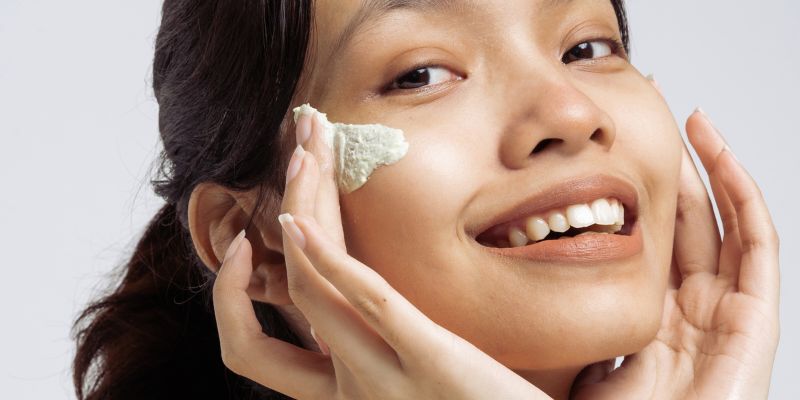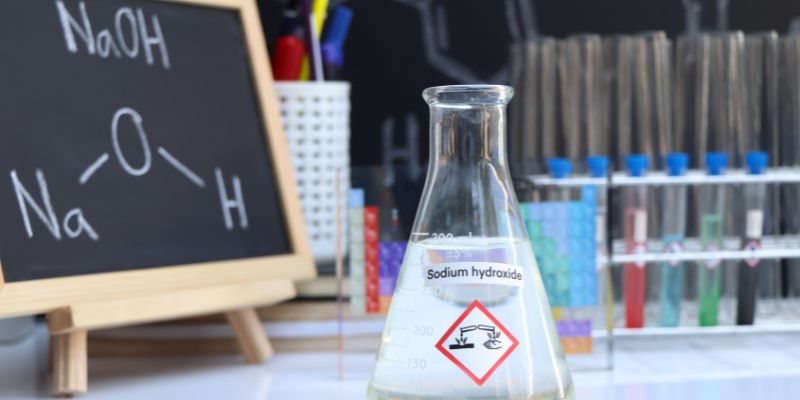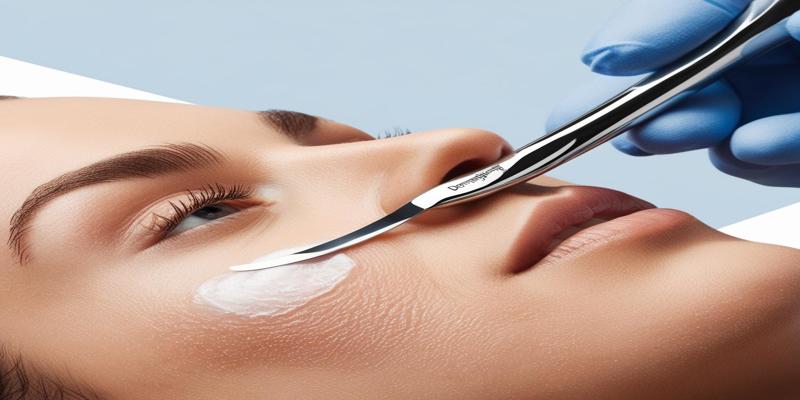Advertisement
Many of your preferred cosmetic products depend on sodium hydroxide, a somewhat enigmatic component found on skincare labels. Though well-known for its potent qualities, it might seem odd that a chemical this strong could be harmless for the skin. However, this flexible molecule is crucial for preserving the balance and potency of different formulations.
From cleaners to toners, sodium hydroxide guarantees the ideal pH level, ensuring that goods function as expected. Additionally, acting as a preservative, it increases the shelf life of your preferred creams and serums. However, why is sodium hydroxide so often utilized, and what does it do? In this guide, we will investigate its advantages and possible hazards, as well as the causes of its great presence in skin care products.

The strong alkaline chemical sodium hydroxide is indispensable in many different fields, including cosmetics. Regarding skin care, its main application is pH level balancing. To be effective, most skin care treatments have a particular pH range; sodium hydroxide helps to find this necessary balance. Products like cleansers and toners, which usually require a more alkaline mix to cleanse the skin adequately, depend especially on this.
The addition of sodium hydroxide to formulations helps dissolve dirt and oils, therefore improving the product's capacity to eliminate skin pollutants. This makes it a great component in many cleansers, which can gently cleanse the skin without aggravating it. However, sodium hydroxide's strong character makes it necessary to use it in formulations carefully. Manufacturers carefully check product formulas to guarantee they include reasonable levels of safety.
Skin health depends heavily on pH, which gauges the acidity or alkalinity of a substance. The skin's pH is somewhat acidic, usually between 4.5 and 5.5. Keeping this pH balance is crucial since an imbalance could cause dryness and inflammation, among other skin problems. Excessively alkaline conditions may compromise the skin's natural barrier, increasing its sensitivity to external stresses and dangerous microorganisms.
Formulating skin care products that fit this natural pH depends much on sodium hydroxide. Product formulators precisely check the pH level throughout manufacture. If a product proves to be overly acidic, sodium hydroxide can be included to bring the pH into line. This change guarantees both skin safety and the effectiveness of the product.

Below are the key benefits of sodium hydroxide that contribute to effective and high-quality skin care products.
One adaptable ingredient often used in many skin care products is sodium hydroxide. It is especially common in cleansers, exfoliators, and toners, where efficient operation depends on maintaining a certain pH level. To guarantee a complete cleansing, facial cleansers, for instance, frequently include sodium hydroxide to aid in removing debris, makeup, and extra oils. Sodium hydroxide balances pH levels in exfoliating cosmetics so that active acids in the formulation may be used as intended.
This harmony improves the exfoliation process, facilitating the removal of dead skin cells and smoothing the complexion. Likewise, toners usually benefit from the addition of sodium hydroxide since it helps to preserve the skin's natural pH following cleansing. Sodium hydroxide is quite important for product efficacy and general skin health since skin care products should remain within the ideal pH range.
Below are the potential risks associated with sodium hydroxide that users should be aware of when using skin care products.
Ultimately, sodium hydroxide is an essential component in many skin care products since it guarantees good performance by pH balancing and preservation. Although it has many advantagesincluding improved product texture and shelf life extensionusers should be advised of its possible hazards. Most users find sodium hydroxide safe as a good formulation, and following safety guidelines reduces these hazards. Knowing its importance and advantages will help you to select items supporting better, more beautiful skin boldly. To guarantee optimal outcomes, always keep in mind to read labels and do patch tests to match your skin type.
Advertisement

By Triston Martin/Dec 21, 2024

By Sid Leonard/Dec 21, 2024

By Isabella Moss/Jan 10, 2025

By Tessa Rodriguez/Jan 14, 2025

By Noa Ensign/Mar 18, 2025

By Aldrich Acheson/Mar 17, 2025

By Verna Wesley/Dec 21, 2024

By Maurice Oliver/Mar 18, 2025

By Nancy Miller/Jan 01, 2024

By Kristina Cappetta/Jan 08, 2025

By Celia Shatzman/Mar 18, 2025

By Sean William/Mar 16, 2025